Cao Bang , since ancient times, has been known by our ancestors as the land of "Spiritual land and talented people", a place associated with many historical events of building and defending the country of the Vietnamese people. This is the residence of ethnic groups: Tay, Nung, Dao, Mong, Kinh, San Chi, Lo Lo, in which, Tay residents are one of the indigenous residents with a long-standing cultural tradition, cultural traditions are preserved, absorbed and developed. Like other ethnic groups, Tay people have a very unique system of customs and practices with strong humanity.
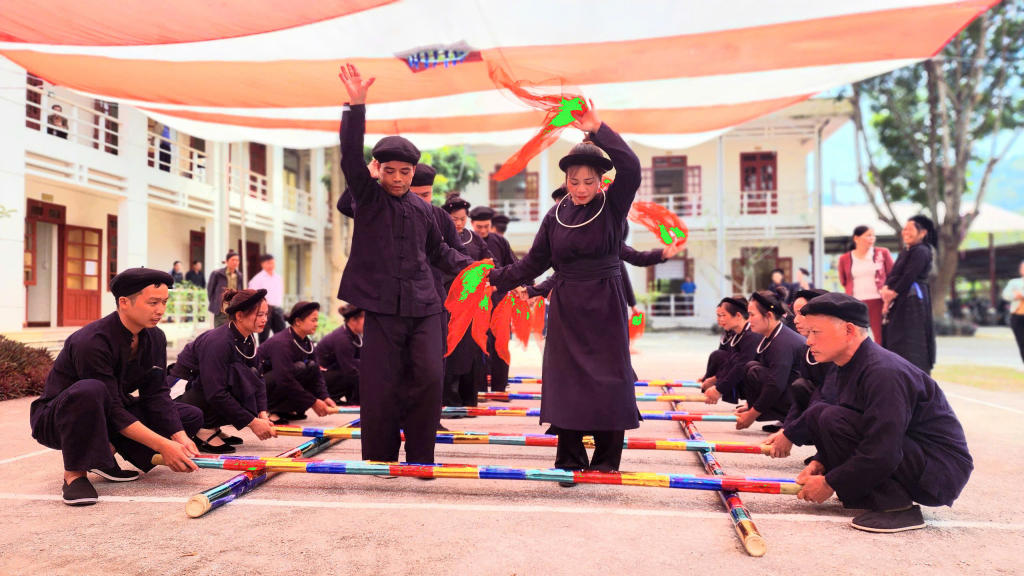
That system of good customs and practices is one of the factors that create the spiritual cultural tradition, the foundation for the existence and development of the Tay people. Born in the homeland of Cao Bang, growing up from the smooth and passionate Tay folk lullabies of my grandmother and mother, being immersed in the ecstasy of birdsong, gibbons howling, the sound of buffalo clappers and blue columns of smoke on the roof of the stilt house every afternoon in the immense green valley, I always want to understand more clearly about the traditional culture of the Tay people and from there, more fully perceive the inherent good human values of the Tay people.
According to research, the personality of the Tay people in Cao Bang is always closely linked to the process of formation and development according to socio-cultural activities with the ethnic community. The personality of a person in general and the Tay people in particular, subjectively comes from training, cultivation, and accumulation throughout life. The personality of the Tay people in Cao Bang has a long history, is a beautiful symbol of the characteristics of a nation, is a treasure trove of customs and traditional practices, nurtured, cultivated, and passed down from generation to generation. The Tay people in Cao Bang, as well as all ethnic groups in the mountainous region in particular and Vietnam in general, always live together in love, are hard-working, diligent in labor and production, and are proactive in overcoming all difficulties and challenges. That is shown in every situation, in every aspect of life, from family relationships, clans, villages, society and nature.
The personality of the Tay people in Cao Bang is expressed in the relationships between family members. The traditional family of the Tay people in Cao Bang follows a patriarchal system. Men hold the highest power in the family, all big and small matters in the family are decided by men, women only know how to accept and obey. Women who become daughters-in-law are not allowed to sit on the same level or at the same table with their father or brother-in-law.
In Tay families, the paternal side is often respected. When the father or mother dies, the paternal uncle (father's younger brother) or paternal uncle (father's older brother) will be responsible for raising or taking care of the children's lives until they reach adulthood, then deciding on marriage. The son has the responsibility to take care of and worship the ancestors and inherit the family's property. In case the family does not have a son, he has the right to choose a son-in-law to live with for life (in Tay language, this is called " Au khuoi nap tue "). In the wedding ceremony, the son-in-law "Khuoi nap tue" takes care of performing all the rituals of worshiping the ancestors like a daughter going to her husband's house. After the wedding, the son-in-law will live with his wife's house. However, the son-in-law does not have to change his last name, but the children born will take the mother's last name and inherit the family's property. Each member of the family, first of all, always knows how to be independent and at the same time ensures the family's own rules. When young, listen to the teachings of parents, grandparents, aunts, and uncles. When growing up, follow the family tradition, clan, and fully fulfill all obligations and responsibilities to the village community and society. Avoid all bad things that affect yourself, your family, and your clan. Live honestly, flexibly, dynamically, live with love and meaning, always in harmony with your family, your village, and society. Perhaps thanks to that, Tay men and women, young and old, in the past, rarely indulged in social evils, or committed acts that harmed the people or betrayed the country . The family is a member that is always closely connected to the clan, clan, village, and society. In each family, there are from two to five generations living together, called "two families and five generations under one roof", always respecting and following the order of seniority, respecting elders, yielding to juniors, and always loving and protecting each other.
Children and grandchildren have the obligation to take care of their elderly and weak grandparents and parents. When their parents and grandparents pass away, they must take care of the funeral and burial ceremony to fulfill their filial piety. In the past, funerals were held very solemnly, inviting Taoist priests to perform rituals for three to five days and nights. Many pigs, chickens, ducks, buffaloes and cows were slaughtered for sacrifice, and then the bodies were buried. After the funeral, the children and grandchildren worshiped the souls of their parents and grandparents every day for three years. Only when the mourning period ended did they organize the souls to join their ancestors. Today's funerals have become less cumbersome, but still ensure the correct and complete procedures for the deceased.
The Tay people value relationships in the village community and society. According to custom, the Tay people mainly live in concentrated villages, from 10 to over 100 houses depending on the terrain. Since the Party and the State had a policy of bringing people from the lowlands to reclaim the mountains and a policy of settling down in the mountains for the Mong and Dao people, the economic and cultural life in the Tay villages has become richer and more vibrant. However, the Tay people's personality still plays a leading role in the villages, such as funerals, wood offerings, and all rituals.
The Tay villages are always arranged according to the shape of the hills and the flow of rivers and streams, such as: " Pu pai khau phja du buong lang. Thom pia na nam du buong na. Ruong lang tua can du tinh chang " which means (Hills and forests are behind. Fish ponds and rice fields are in front. Human houses are in the middle). The Tay people often live in stilt houses, the structure of the house usually has three, five, seven or nine rooms. From five to nine rows of pillars, the roof is covered with tiles (yin and yang tiles). Whenever there is a happy or sad event in the village, the whole village gathers, and only returns home after finishing the event. During festivals and New Year, they organize meals and congratulations from one house to another. The Tay people pay great attention to the strong solidarity of the community, the catchphrase is: "Po ban - Ruong lau". “Ban bau may - Ruong to slan”, meaning (The whole village - My family. If the village is not strong - My family will also fall apart). In the Tay Cao Bang village community, there are three important organizations, which have a decisive meaning in tightening the friendship between families into a unified block, including: Hieu Hoi, Ho Ban Hoi, and Hoi Le Lang . Each organization builds content and conventions appropriate to its nature and tasks and passes them with high consensus.
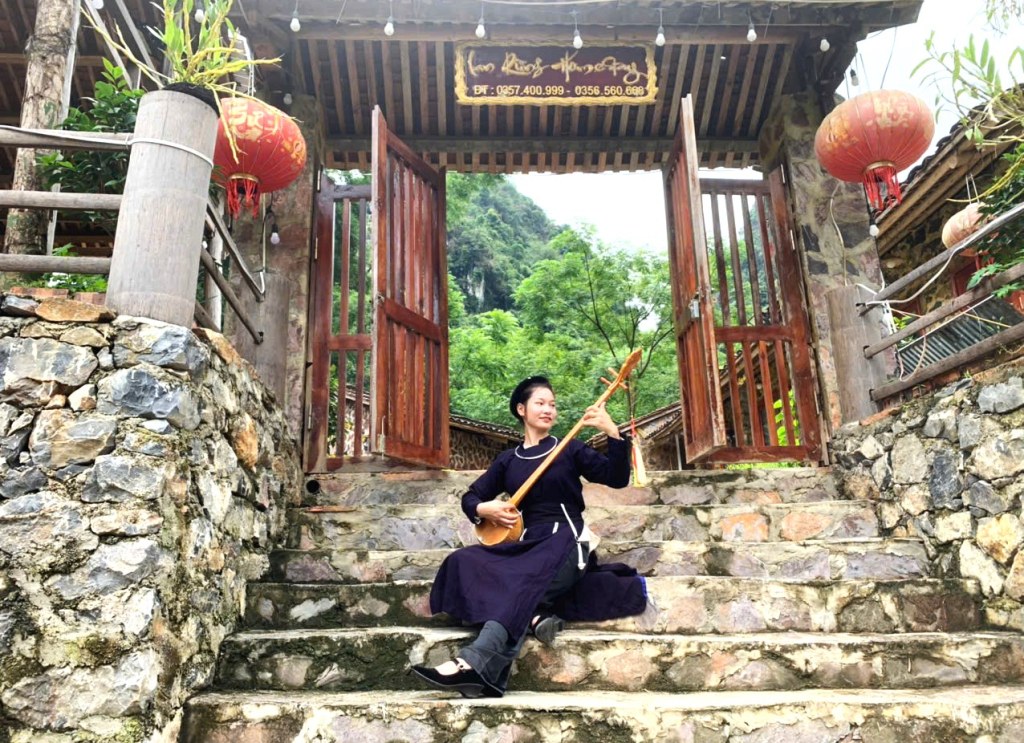
During the process of formation and development, the Tay people always respect and protect nature, consider forests and water resources as the guardian gods of the village. Generations of villagers are alwayseducated with philosophical proverbs that " Đông na phya cải, tjả khuội nam slay, slông ke rjèng may, ban djẻ hồng linh - Dense forests and big mountains, clear rivers and streams, healthy and long life, peaceful village ".
In the spiritual life of the Tay people in Cao Bang, there is an important meaning that directly affects the survival of life: Ancestral altars in each family, Temples to worship the local gods at the beginning of the village, Dong sjan - the sacred forest. Mountains, rivers, and streams are all the shapes of the "Four Spirits" which are considered very sacred, so exploitation is prohibited, causing distortion of the landscape, loss of beauty, flash floods, and direct impact on the environment of daily life.
The personality of the Tay people in Cao Bang is also expressed through works of art, poetry, music and painting. The famous works of art of the Tay people in Cao Bang are: folk songs, folk dances, especially the art of Then performance. Then of the Tay people in Cao Bang is confirmed by scientists to be the origin of Then currently existing in the provinces. Through the songs, the philosophical verses in Then have a strong impact on the aspects: Literature, physical fitness, aesthetics, morality, intelligence... contributing to the education of perfecting personality, enhancing intelligence and social relationships that the Tay people have always preserved, built and developed their national cultural identity.
Through researching documents and witnessing the traditional cultural values of the Tay people, clearly seeing the diversity but extremely uniqueness of the Tay ethnic culture, our young generation loves and is proud of those special cultural values .
Dam Quynh Huong
Source: https://baocaobang.vn/nhan-cach-song-cua-nguoi-tay-cao-bang-3173876.html


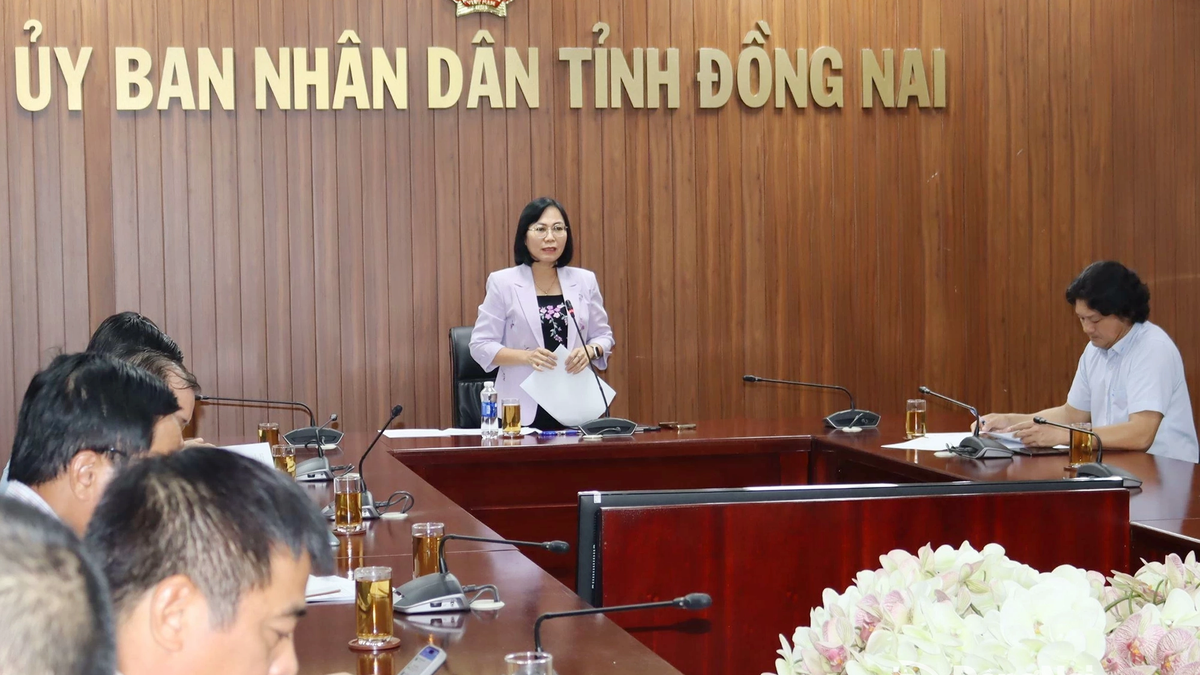
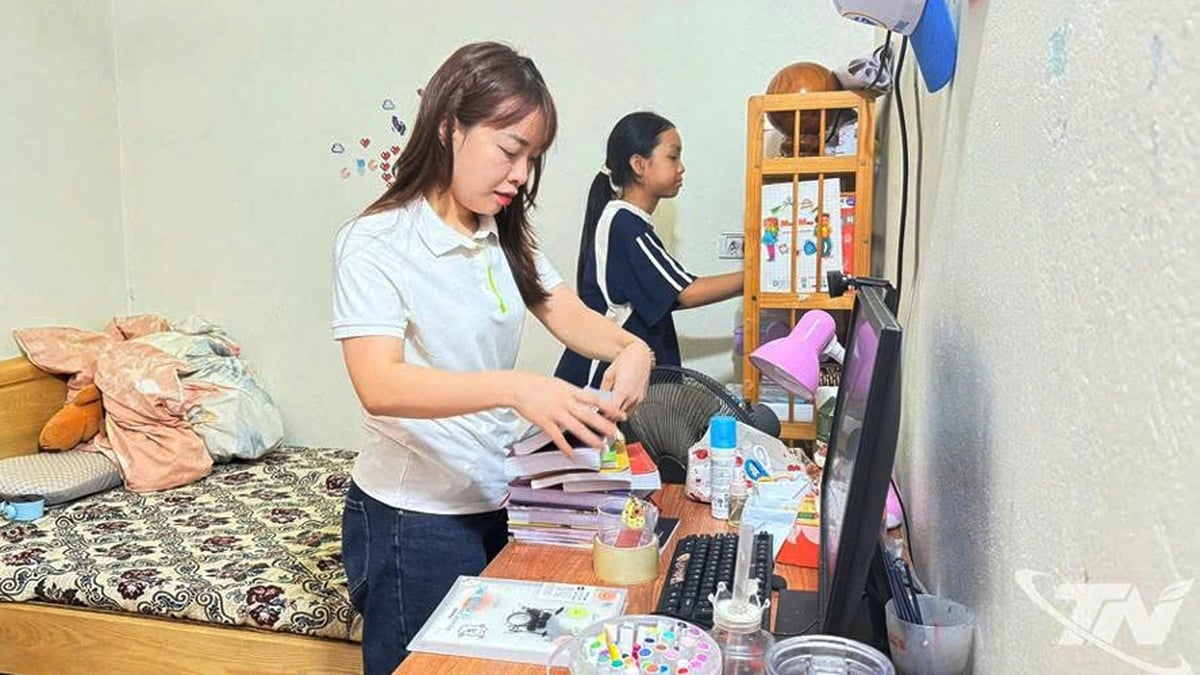


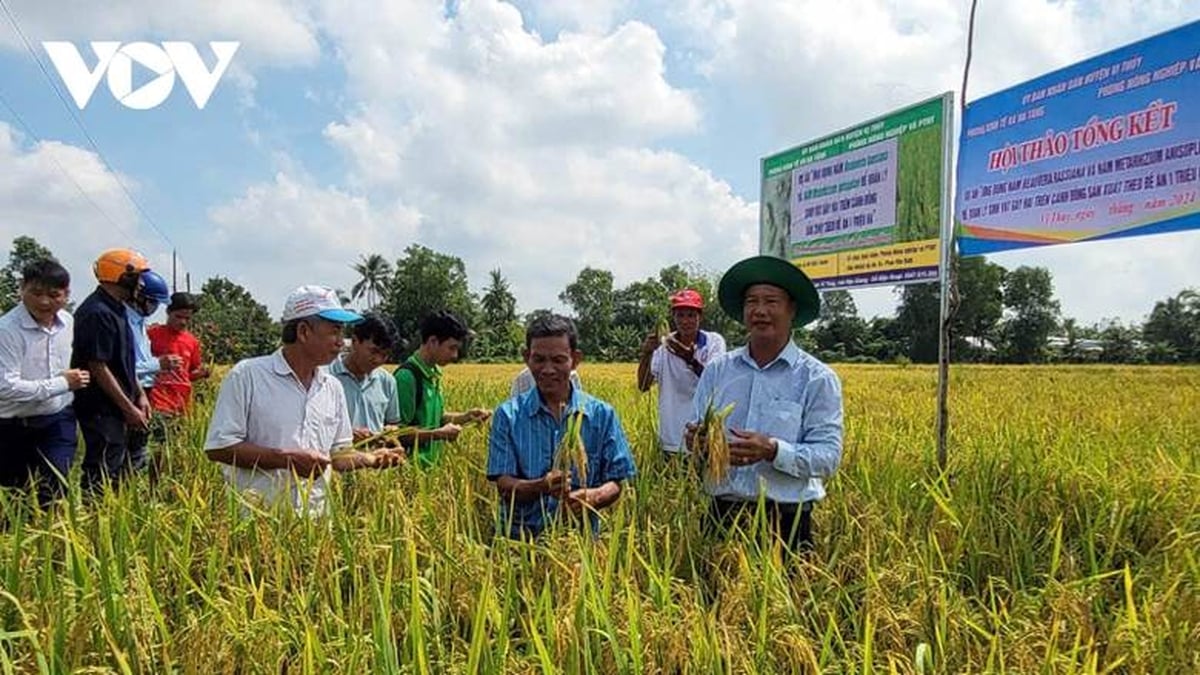
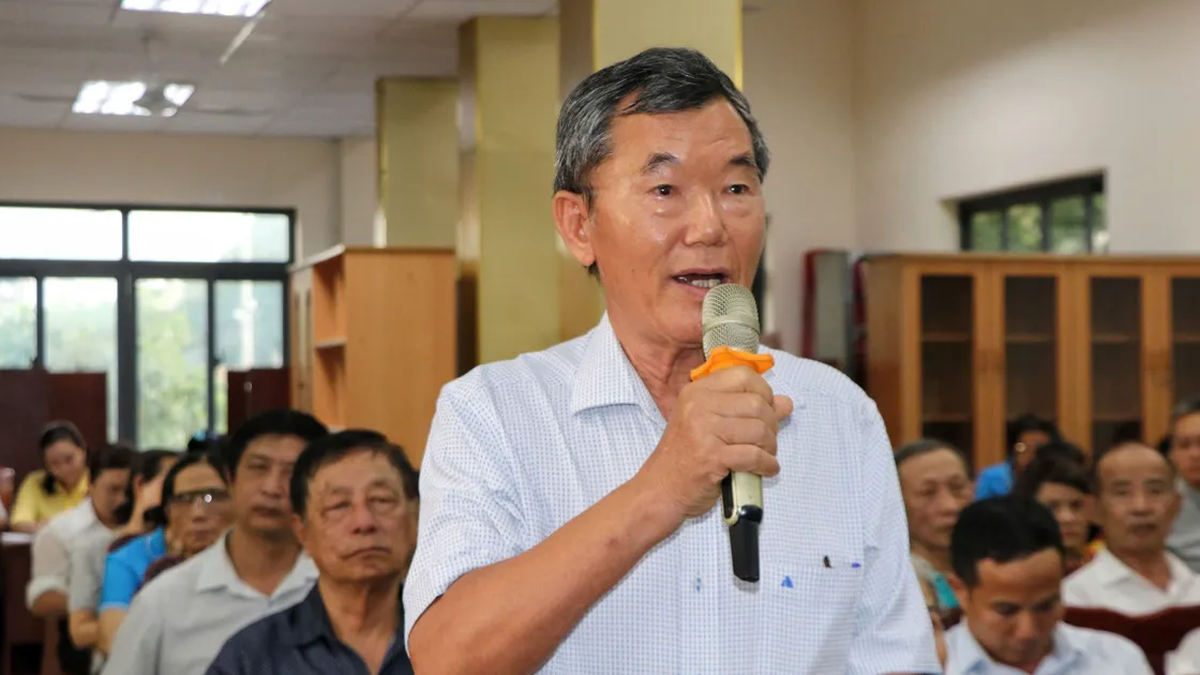
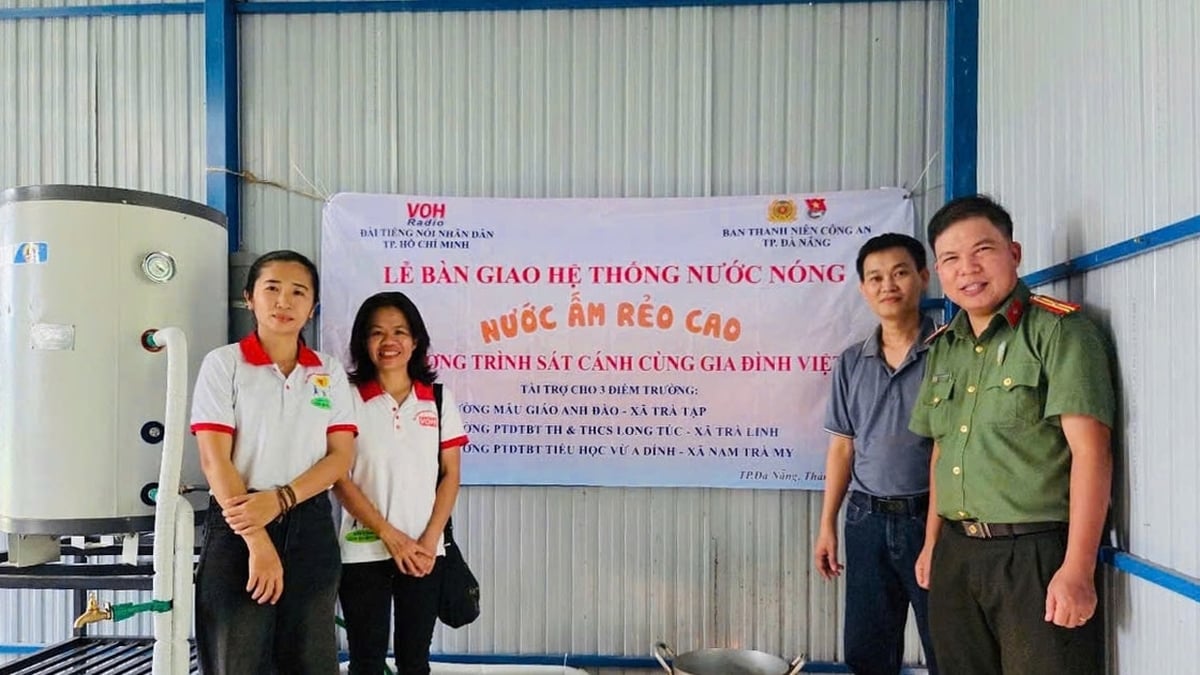

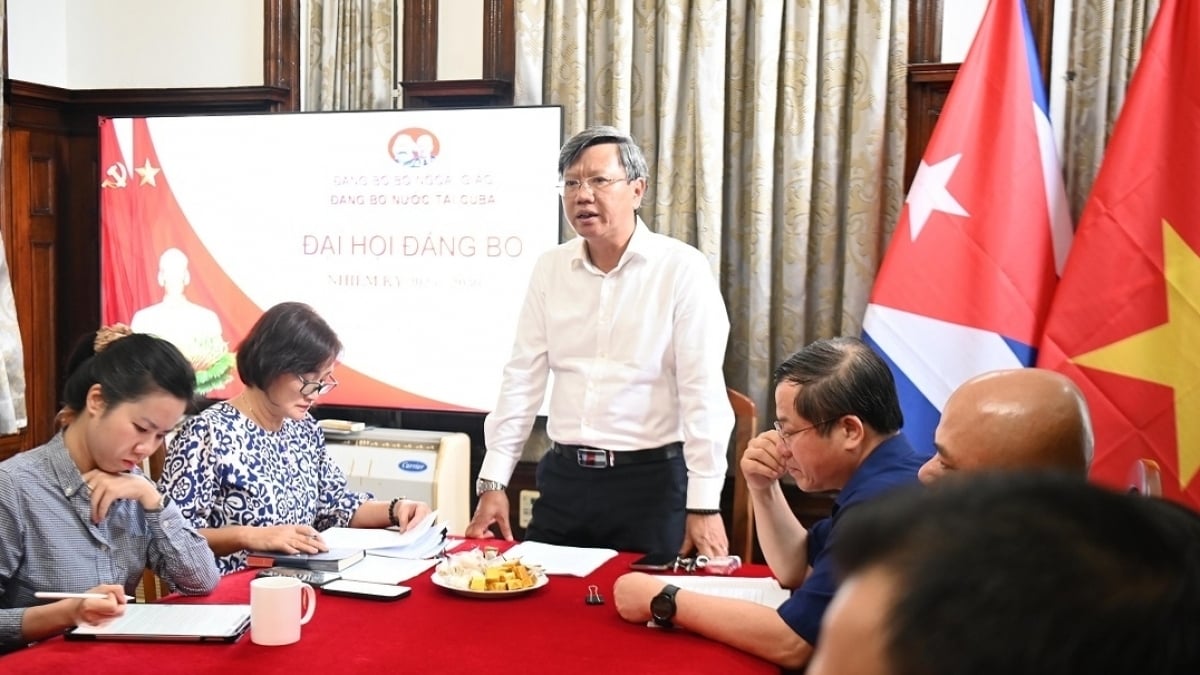
































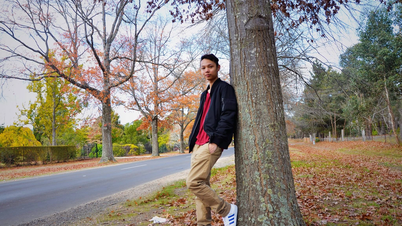

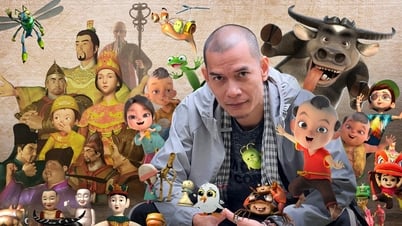








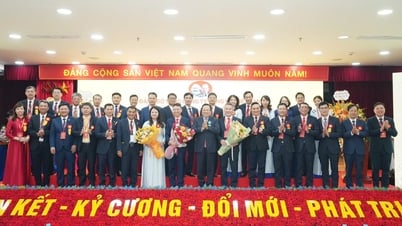








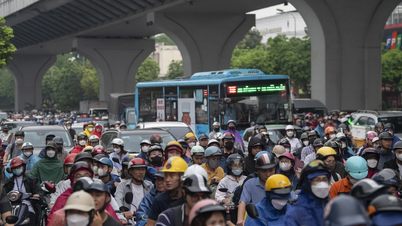


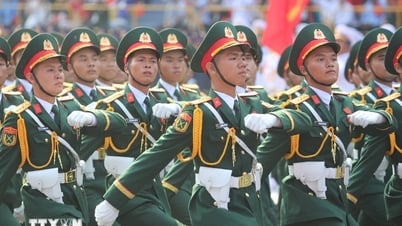







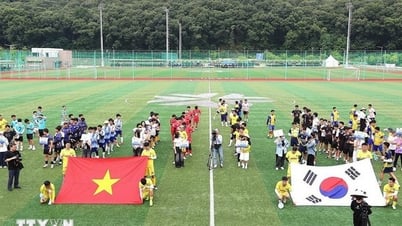
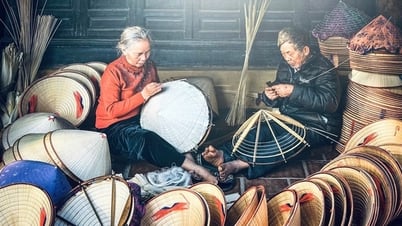
























Comment (0)